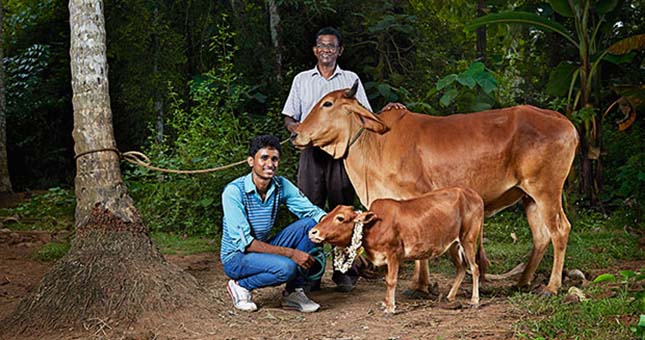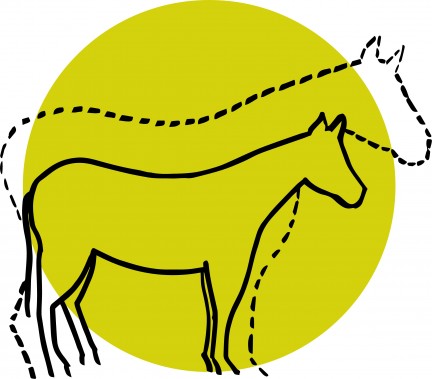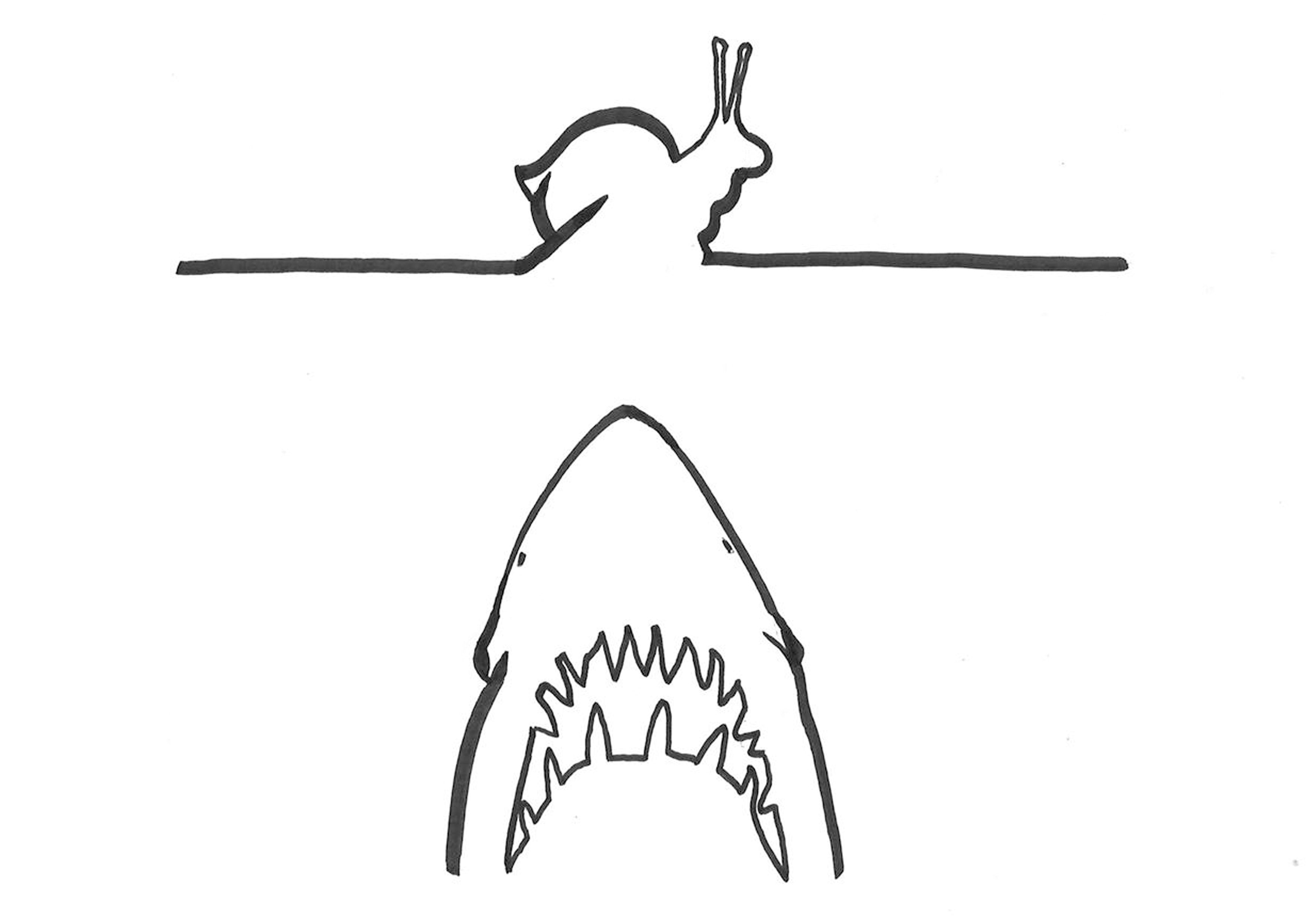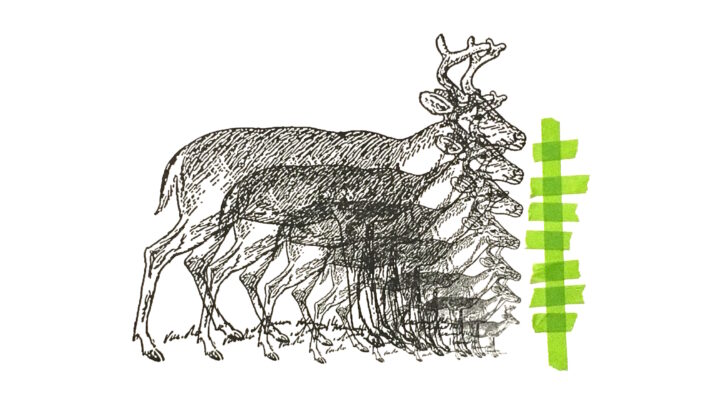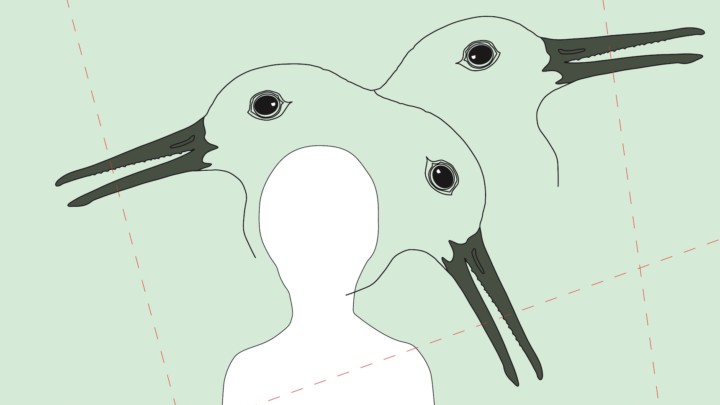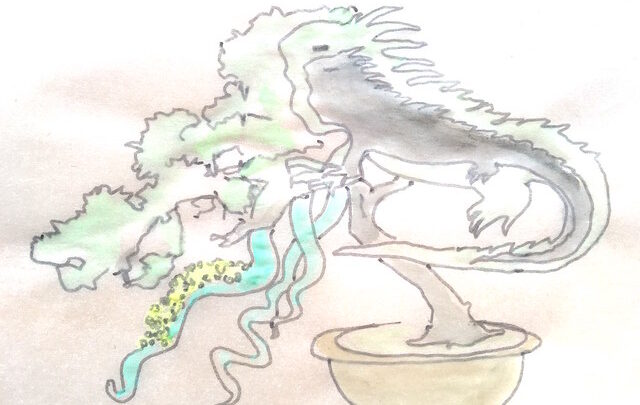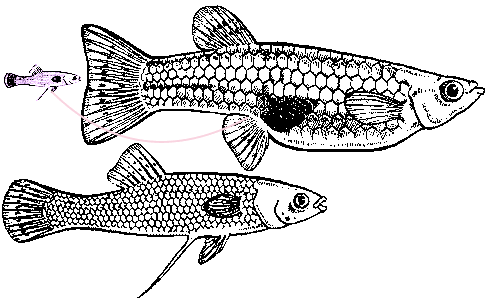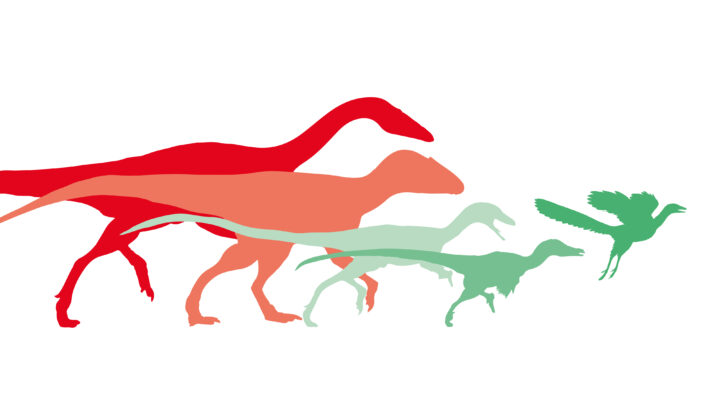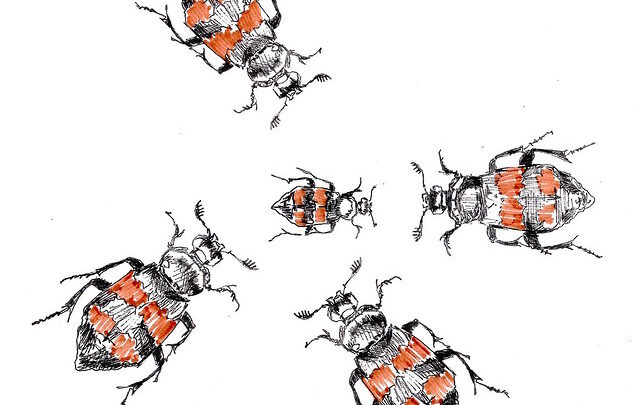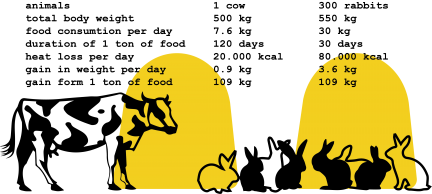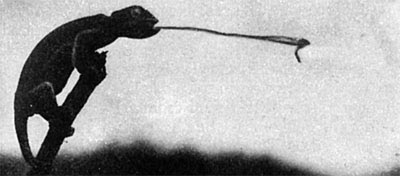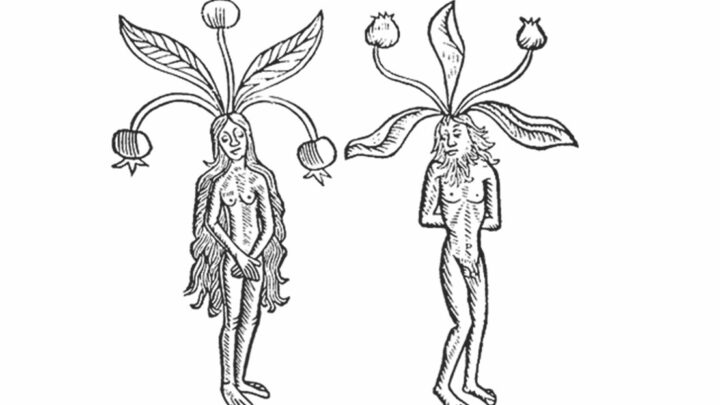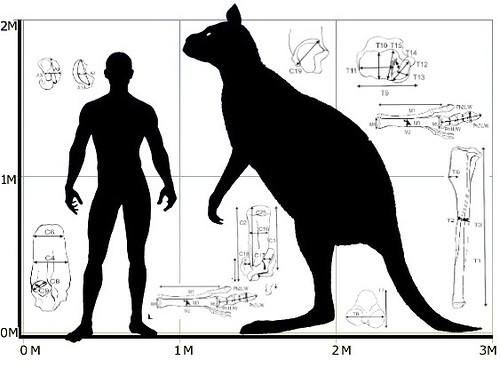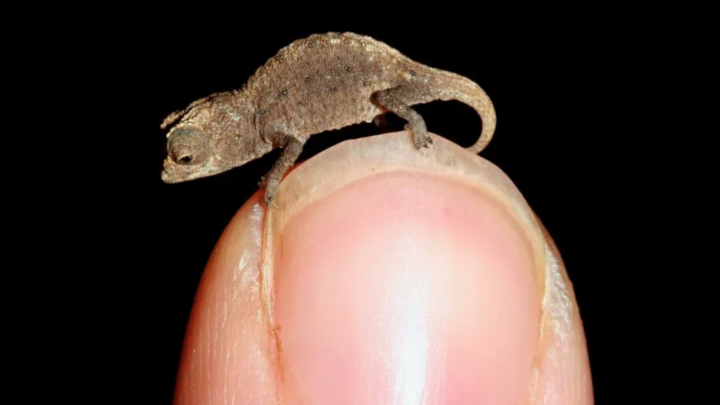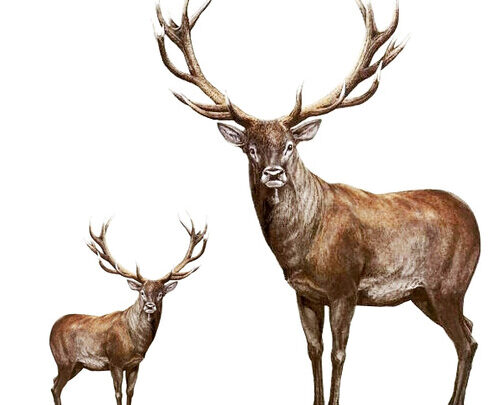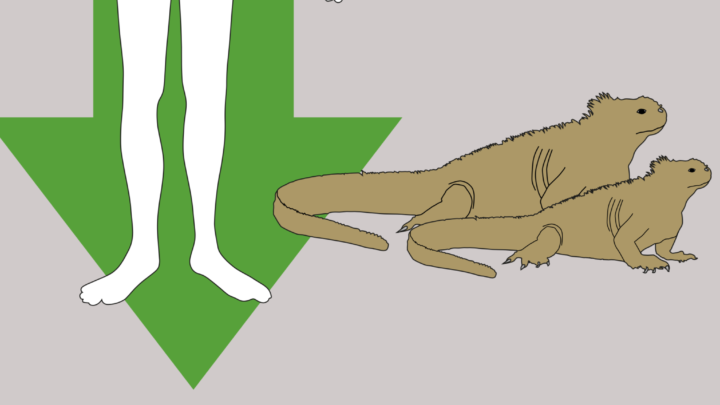Category: Fauna
Japanese Miniatures: Cat Maximisation
October 30, 2017Our series of Japanese Miniatures investigates the specific Japanese sensitivity for small as expressed in their love for things like bonsai, sushi, netsuke, and capsule hotels. Japan ‘knows’ things about shrinking that may help the human species embrace the desire for, or overcome hurdles to, becoming…
Hyperthermal Shrinking
August 28, 2017Fear of the Vegetarian
April 13, 2017Brian Langerhans and Thomas deWitt of the department of Wildlife and Fisheries Sciences at Texas A&M University examined the specificity with which freshwater snails use environmental cues to induce defensive phenotypes such as shrinking. In one environment they introduced a species of sunfish that eats snails, In the…
Royal (Feynmann) Antelope
May 16, 2016Red Knot Protein Transition
May 13, 2016Various animal species are responding to global warming by reducing their body size. In the mid 19th century biologists had already observed the ecogeographic principle that within a broadly distributed taxonomic clade, populations and species of larger size are found in colder environments, while populations…
Shrink Agents
April 30, 2016Sneaky Copulation
February 17, 2016Dinosaur-Bird Transition
February 16, 2016Micro-Livestock: A Possible Future
January 8, 2016Although animal science has traditionally emphasized bigness, the 1991 report Micro-Livestock: Little-Known Animals with a Promising Economic Future shows that smallness has many advantages. If in the future the human species will become smaller, we will benefit from most of the advantages listed below. Small animals…
Small Chameleon’s Mighty Tongue
January 7, 2016Mandragora
February 6, 2015The Incredible shrinking Man desires a more ecological human existence. We’ve outgrown our naturally given space on Earth and experience the consequences, or even consider exit strategies. But rather than fantasizing about a departure from the planet that designed us, we investigate the possibilities to…
